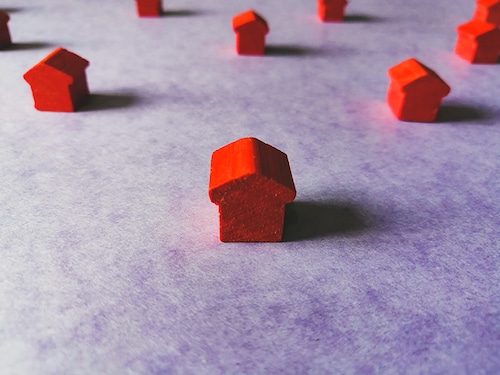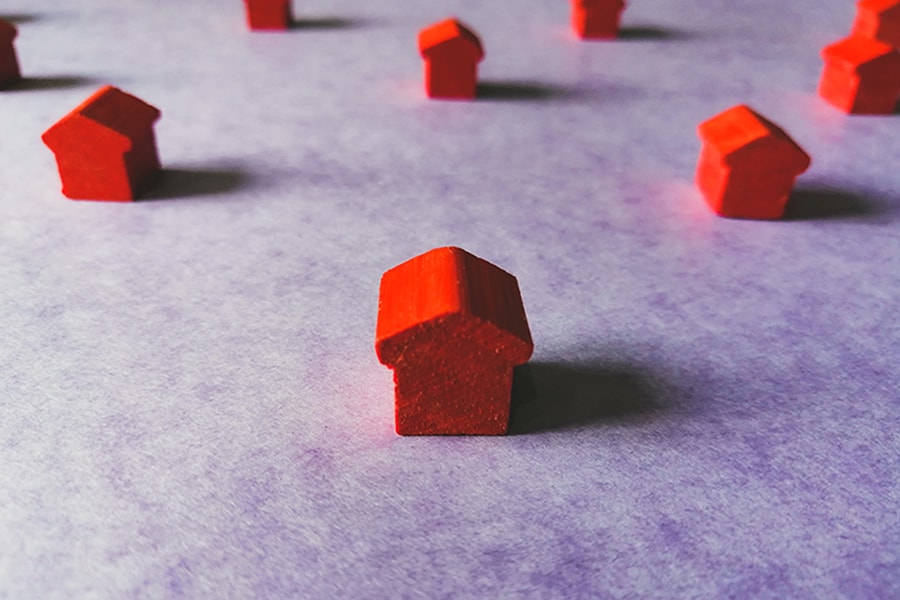Making social distancing work
Even if one accepts the need to social-distance, how do we make it happen in practice?


 Image: Neha Gupta/Getty Images"‹In one of our recent train trips during pre-Covid times our family was in social distance mode. After boarding the train, each of us took our seats and got busy with our favorite train past time: reading, mobile games, day-dreaming, etc. The other family whom we shared the compartment with was amused, to a point where they couldn’t help asking us if we really belonged to the same family. What would have been normal: far from keeping to each other, we should have shared our snacks and chai with co-passengers. An hour into the chai-pe-charcha, we should have exchanged our coordinates, and an invitation for a lunch or dinner at each other"s places. The point they were making is that our family was an aberration, that social distancing we were practicing is simply antithetical to Indian existence. Interestingly, it has become the need of the hour, and the only tactic the scientific community unanimously agrees upon as a defence for Covid-19. Now, how do we make this alien concept of social-distancing part of our existence?
Image: Neha Gupta/Getty Images"‹In one of our recent train trips during pre-Covid times our family was in social distance mode. After boarding the train, each of us took our seats and got busy with our favorite train past time: reading, mobile games, day-dreaming, etc. The other family whom we shared the compartment with was amused, to a point where they couldn’t help asking us if we really belonged to the same family. What would have been normal: far from keeping to each other, we should have shared our snacks and chai with co-passengers. An hour into the chai-pe-charcha, we should have exchanged our coordinates, and an invitation for a lunch or dinner at each other"s places. The point they were making is that our family was an aberration, that social distancing we were practicing is simply antithetical to Indian existence. Interestingly, it has become the need of the hour, and the only tactic the scientific community unanimously agrees upon as a defence for Covid-19. Now, how do we make this alien concept of social-distancing part of our existence?
Just like new technologies, new ideas too need time to diffuse through a community. Early adopters of social distancing are likely to be the ones who feel most vulnerable and laggards will be the ones who perceive themselves to be least vulnerable to Covid. Early adopters may be practicing social distancing from day one, yet they continue to be at risk so long as there are laggards who are yet to adopt the idea. How should early adopters shield themselves from the risk created by laggards, especially when they are not easily identifiable? A simple strategy to follow is to act on the assumption that everybody around is a laggard. That is, it is wise to assume that everybody other than you/your family is yet to adopt social distancing. While this strategy may sound a little extreme, it is logically the best possible response given the uncertainty in behavior of people around us, any Game-Theorist will readily agree. The first step in adopting this new idea of social-distancing is to accept the need to strategize around other people’s behavior.
Even if one accepts the need to social-distance, how do we make it happen in practice? If we examine our behavior closely, we’ll notice that the patterns that stick are the ones that are built on rituals. Marketers know this very well, and have piggy-backed on our rituals to push their ideas for consumption. For adopting social distancing, we need to do the same. When people need to make dramatic changes in their behavior or break their patterns, they attack their old routines with new ones. Washing hands when you come back home from outside, not part of your routine? Perhaps you should leave a hand sanitizer hanging on your door latch as a reminder. Do you routinely and involuntarily touch your face? Making a habit of wearing gloves and face masks should do the trick, the unfamiliar and irritating touch of gloves on skin will surely drive away the itch. Remember what mothers do with infants to prevent them from popping their thumb into their mouth kind ones put mittens on the baby, exasperated ones may give a salt/spice rub on the thumb. The specifics of the rituals to break and make will of course depend upon the individual’s existing routines. The point is that it is important for each individual to make his/her own ritual that makes social distancing stick. Not just at the individual level, the strategization and ritualization can help communities too, to come up with effective tactics to implement social distance.
But what about those who haven’t bought into the concept yet? Non-adopters usually either live alone or have not been around people with comorbidities, and therefore may not be in a position to appreciate the plight of the vulnerable. This is where communities have to step in to influence a change. Many communities have e-groups for coordinating the supply of essentials. In addition, it may be important that anxiety and worries of the vulnerable be voiced among these e-groups, even if it appears as paranoia to some. Allowing community members to express the aspects of others behavior that causes concern is an essential step in shifting perspectives, especially of the non-converts. Apart from enabling a change in perspective, it helps unconstraint the supply of emotional support among communities, and prevent the burden of social distancing from falling on a select few.
The sum and substance really, of a method to make social distancing work and stick is: strategize, ritualize, and communize.
First Published: Apr 29, 2020, 11:28
Subscribe Now